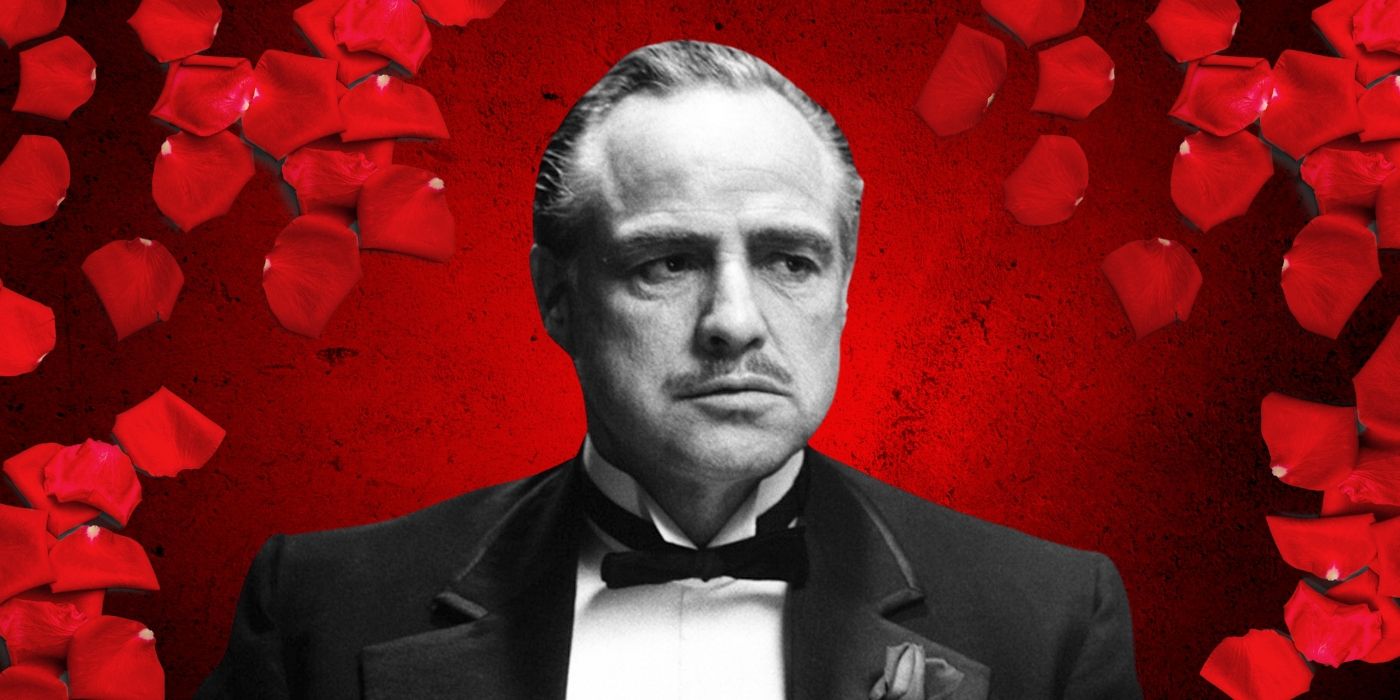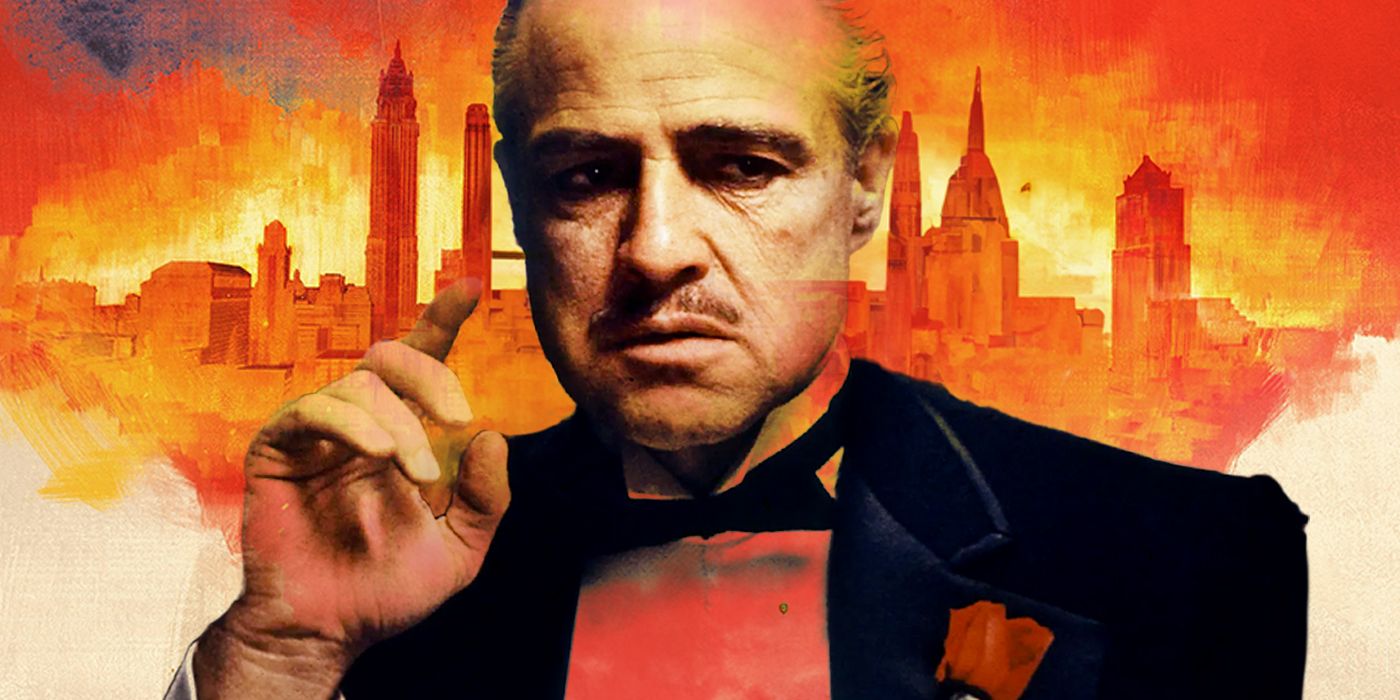The Big Picture
-
The Godfather Part III
received lukewarm reception for several reasons, including production troubles and the absence of an important character. - Francis Ford Coppola’s financial struggles led him to make another
Godfather
film despite not wanting to, contributing to the film’s mixed reviews. - The absence of Robert Duvall’s character, Tom Hagen, was a significant blow to the film, as his presence would have added depth and legitimacy to the story.
The Godfather Part III is one of the most polarizing films of all time, and Sofia Coppola bears much of the blame. After all, The Virgin Suicides and Lost in Translation didn’t exist yet. She was merely the daughter of the acclaimed filmmaker Francis Ford Coppola, and her casting in the franchise was branded as Hollywood nepotism at work. Delivering a bad performance in the film didn’t make matters easier for an already-troubled production, and the necessity of a third installment in what was otherwise a perfect pair of gangster epics was questioned left and right. However, it is a grave mistake to hold Sofia responsible for The Godfather Part III‘s lukewarm reception. There are several factors that play into it, from production troubles characteristic of a Coppola picture, to the absence of one of its most essential characters, among others.
The Godfather Part III
Follows Michael Corleone, now in his 60s, as he seeks to free his family from crime and find a suitable successor to his empire.
- Release Date
- December 25, 1990
- Director
- Francis Ford Coppola
- Cast
- Al Pacino , Diane Keaton , Andy Garcia , Talia Shire , Eli Wallach , Joe Mantegna , George Hamilton , Bridget Fonda
- Runtime
- 162 Minutes
- Main Genre
- Drama
- Writers
- Mario Puzo , Francis Ford Coppola
‘The Godfather Part III’ Had a Troubled Production
Francis Ford Coppola had arguably the greatest four-movie run in cinema history. In a span of seven years, Coppola made four consecutive cinematic classics: The Godfather, The Conversation, The Godfather Part II, and Apocalypse Now. With his legacy firmly cemented at such a young age, the filmmaker naturally went with his auteur sensibilities, and decided to make films that were more personal. The endeavor was certainly admirable, but it proved to be catastrophic for him financially. One From the Heart, his musical fantasy film released in 1982, was immensely disastrous. A $26 million budget funded by his own Zoetrope Studios ensured him creative freedom, but audiences did not share the same enthusiasm. Grossing only a little over $630,000, the film caused Coppola to sell the entire Zoetrope Studio lot, and buried him in massive debt. His succeeding efforts from The Outsiders to New York Stories were like nails in the coffin of both his reputation and his pockets.

This Iconic Moment in ‘The Godfather’ Was Never Supposed to Happen
Sometimes the best moments are improvised, even if the scene is almost ruined.
It should be noted that Coppola never wanted to make more than one The Godfather film, despite his acceding to the seduction of studios to produce Part II. Al Pacino himself was tired of becoming Michael once again, and virtually no one was interested in expanding the lore of the two pictures except for the profit-seeking studios and distributors. However, with his finances dangerously dwindling, making another Corleone family story was an offer Coppola simply could not refuse. However, things proved to be different this time around. Paramount rejecting his intended title of “The Death of Michael Corleone” was an omen for things to come.
Why Robert Duvall Didn’t Return for ‘The Godfather Part III’
While initially hesitant to take the part, Pacino relented and was reportedly given a salary of $8 million. Diane Keaton and Talia Shire followed suit, and it looked like it was going to be a reunion of sorts for all those involved in the previous films. However, one integral name refused to be part of it: Robert Duvall. As the famous story goes, Duvall wanted to be paid a comparable sum to what Pacino was getting, and when he received word that he wasn’t, he declined. This was arguably the most devastating hit to The Godfather Part III, and the finished product sorely missed the gravitas of his presence.
In the film, Tom Hagen dies offscreen and is survived by his son, Andrew. The Corleone family now had a new lawyer in B.J. Harrison (George Hamilton), and this was one of the most frustrating things about the film. Did Coppola expect audiences to accept a new Corleone family counsel? Hamilton does his best to play the role, but it was doomed to be rejected by fans and critics alike. Hagen was one of the most important characters in the entire film series, and was basically the legitimizing presence of the entire family business. Given the fact that the entire objective of Michael was to legitimize their operations, having someone as renowned as Tom Hagen would have done them wonders.
‘The Godfather Part III’ Doesn’t Deserve Its Reputation
Contrary to popular belief, The Godfather Part III is not a bad film. Far from it! The first two installments were simply magnificent, and the third was just good. For a film, being good is something most filmmakers aspire to, but being attached to two cinematic landmarks, being good simply magnifies its shortcomings. There is an argument to be made that having a character as significant as Tom Hagen in it would have at least given the film some proximity to the greatness of the first two. This begs an important question: suppose that Duvall had accepted the role, how would he be represented, and how would this change the picture?
Well, perhaps certain additions wouldn’t have been made to compensate for the void left by his absence. Joey Zasa (Joe Mantegna) was one of the most criticized parts of the film, with him feeling like a lesser adversary compared to the other Corleone family enemies. The convoluted connection he had with Don Altobello (Eli Wallach) was flimsy, to say the least. Having Hagen there would have eliminated this, and perhaps explored a more complicated approach to the age of gangs slowly dissipating into irrelevance.

You’ll Never Look at This Iconic ‘Godfather’ Scene the Same Way Again
As if what happened to Jack Woltz wasn’t already scary enough.
Maybe a conflict materialized between him and Michael over the former’s role in the entire thing. The seeds of this were planted way back in the first installment after all, and would have been more captivating than a helicopter firing upon a group of gangsters conversing over casino profits. Perhaps even a dispute between him and the fiery Vincent Mancini (Andy Garcia)? Their familial lineage, Mancini being an illegitimate child, and Hagen being an adopted son, is material waiting to be written for a head-on power struggle as Michael heals from his worsening condition.
These are, of course, imaginary scenarios, all of which are just big “what-ifs.” The Godfather Part III remains to be a testament to what it truly is: a serviceable attempt to recreate the success of two monuments in cinema, brought upon by financial necessity. Coppola attempts to correct his mistakes in the recut version, The Godfather, Coda which it does, in some ways. Despite this, what will continue to stand is the painful fact that everyone could have witnessed a better conclusion to the beloved saga if only Coppola paid Robert Duvall what he was worth.
The Godfather Part III is available to rent on Prime Video in the U.S.
RENT ON PRIME VIDEO




